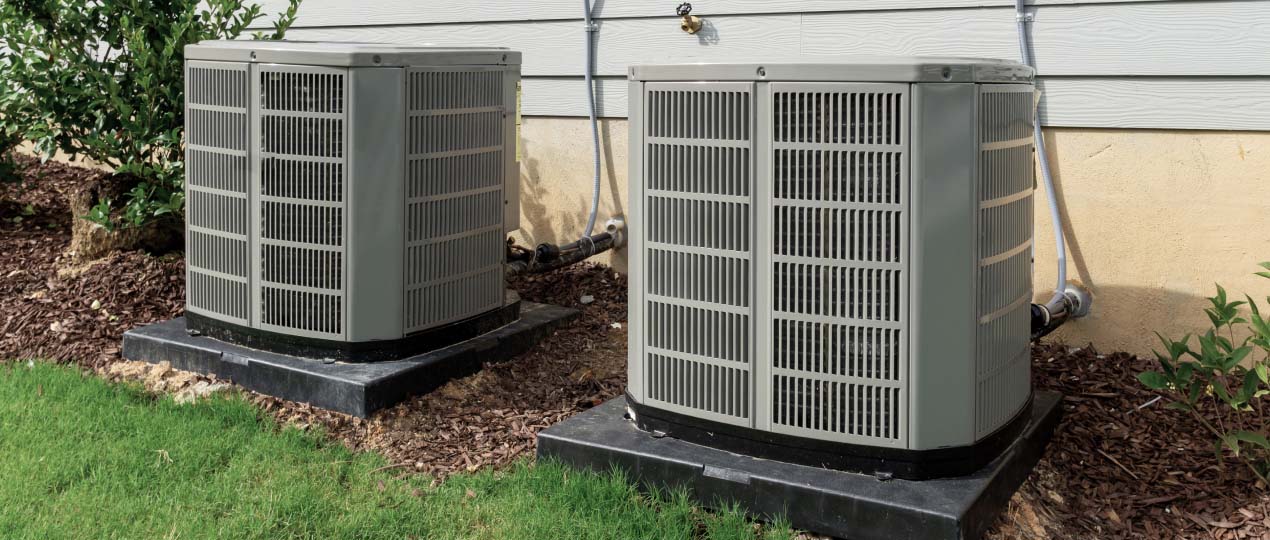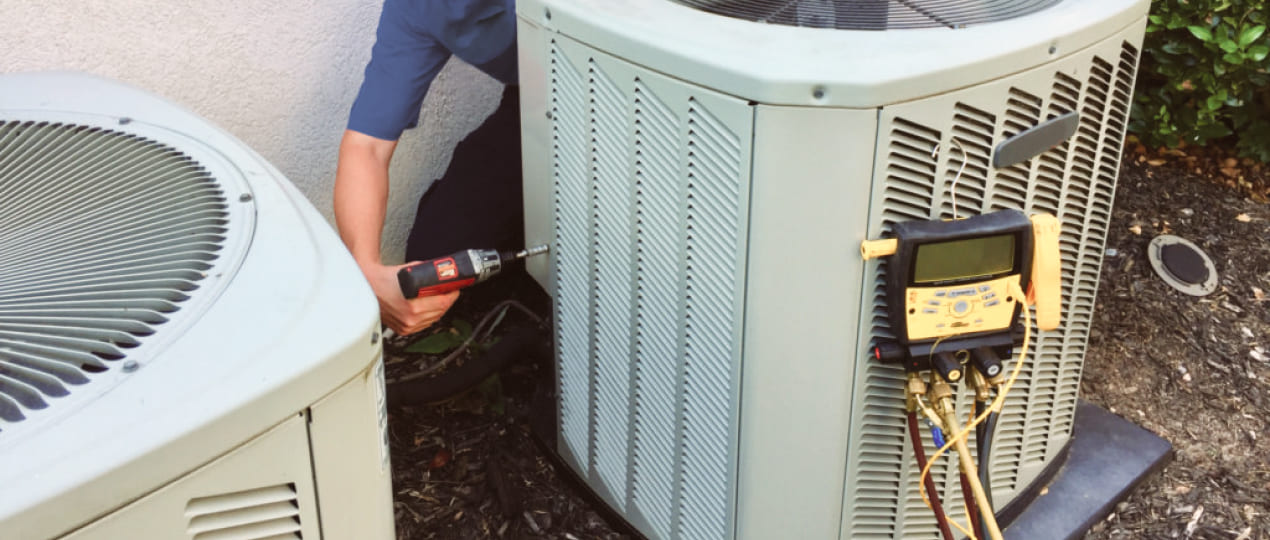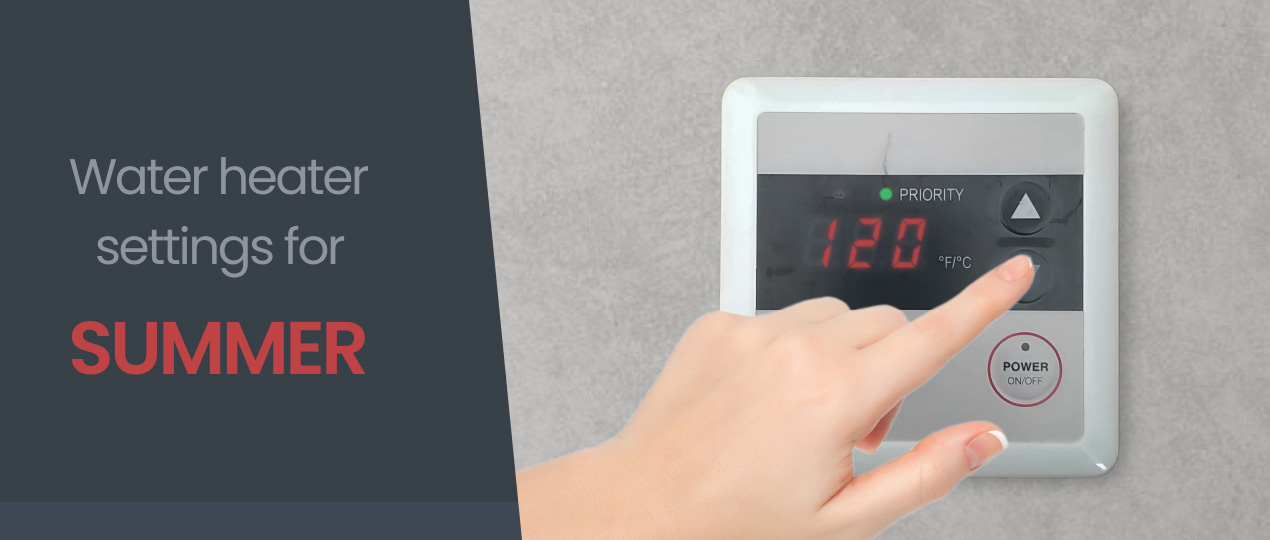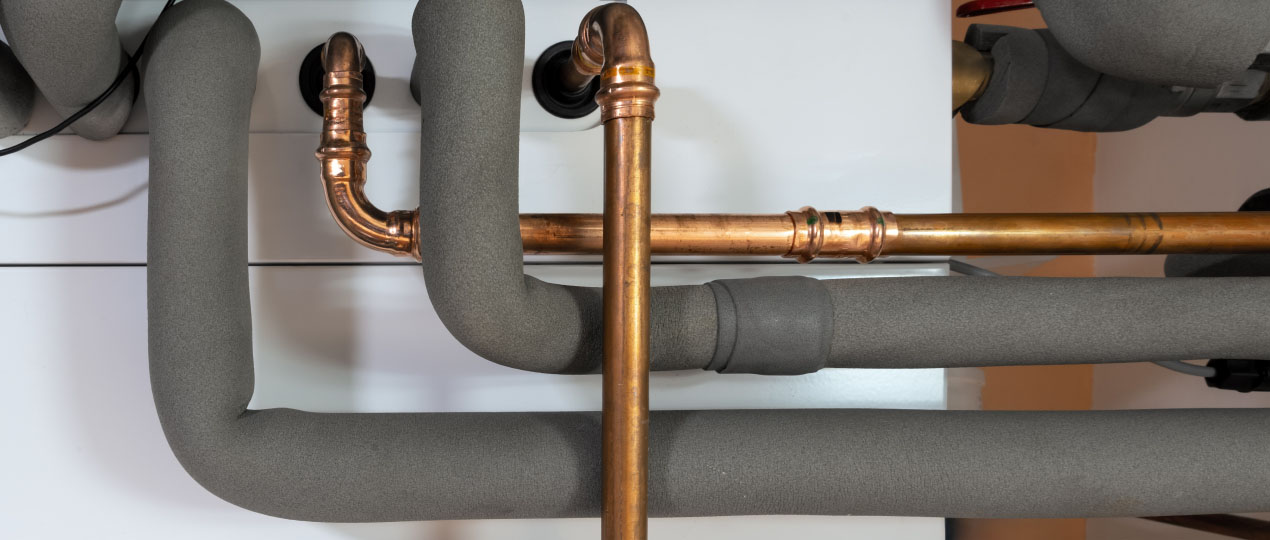
Are you tired of waiting for hot water, high energy bills, or dealing with the nuisance of condensation from your plumbing? Water heater pipe insulation might just be the solution you’ve been searching for. In this detailed guide, we’ll dive into the substantial benefits of insulation, explore various materials you can use, and provide a step-by-step tutorial on how to insulate pipes yourself.
What are the advantages of insulating hot water heater pipes?
Insulating hot water heater pipes can provide several key benefits. Whether you live in a colder climate or simply want to optimize your system, here are some tangible advantages that can make a real difference.
Saves heat and energy
Bare hot water pipes without insulation allow the heat inside to dissipate easily. Insulation acts as a barrier to prevent radiant heat loss when hot water reaches faucets and appliances. Reduced heat loss means that the water heater does not have to work as hard to maintain the temperature. This directly translates into lower energy consumption and lower energy bills. Proper pipe insulation can save 5-10% of water heating costs.
Maintains the temperature of hot water
Uninsulated pipes cool hot water quickly, so it becomes lukewarm when you’re about to use it, especially if the taps are far from the heater. This leads to wasted water, as several gallons usually go down the drain while waiting for hot water. Insulation allows water to stay consistently warm even in remote taps.
Reduces condensation
In addition to retaining heat, insulation helps eliminate condensation problems on pipes. Hot pipes can accumulate moisture, eventually leading to corrosion, mould, and potential leaks. Insulation keeps the temperature close to the ambient air temperature to prevent condensation from forming. It also makes the pipes safer to the touch to prevent accidental burns.
Increased efficiency and comfort
Improving energy efficiency through insulated pipes also improves comfort. Water will come to your tap warmer, which improves the performance of your shower, dishwasher, and other appliances. You’ll spend less on your monthly bills, which you can use for other upgrades or investments.
Types of water heater pipe insulation materials
Choosing the right way for water heater pipes is crucial to achieve optimal results. Different materials each have unique properties that cater to varying needs and budgets. Below are some common options:
- Foam insulation Foam sleeves or tubes are widely available and easy to install. Typically made from polyethylene or similar foam blends, these sleeves are slit lengthwise for easy placement around pipes. Foam one is lightweight, cost-effective, and provides decent thermal protection.
- Fiberglass insulation This material is often recommended for higher-temperature environments. It comes in rolls or pre-formed shells and offers excellent heat resistance. While slightly more challenging to handle, due to tiny fiberglass particles, it’s highly effective at maintaining water temperature.
- Rubber insulation Rubber-based one offers flexibility and durability, making it suitable for pipes that expand, contract, or encounter varying ambient conditions. It also provides a layer of moisture resistance, reducing the risk of mold growth.
By making an informed choice, you can enhance the performance of your water heating system and enjoy the benefits of improved efficiency and comfort.
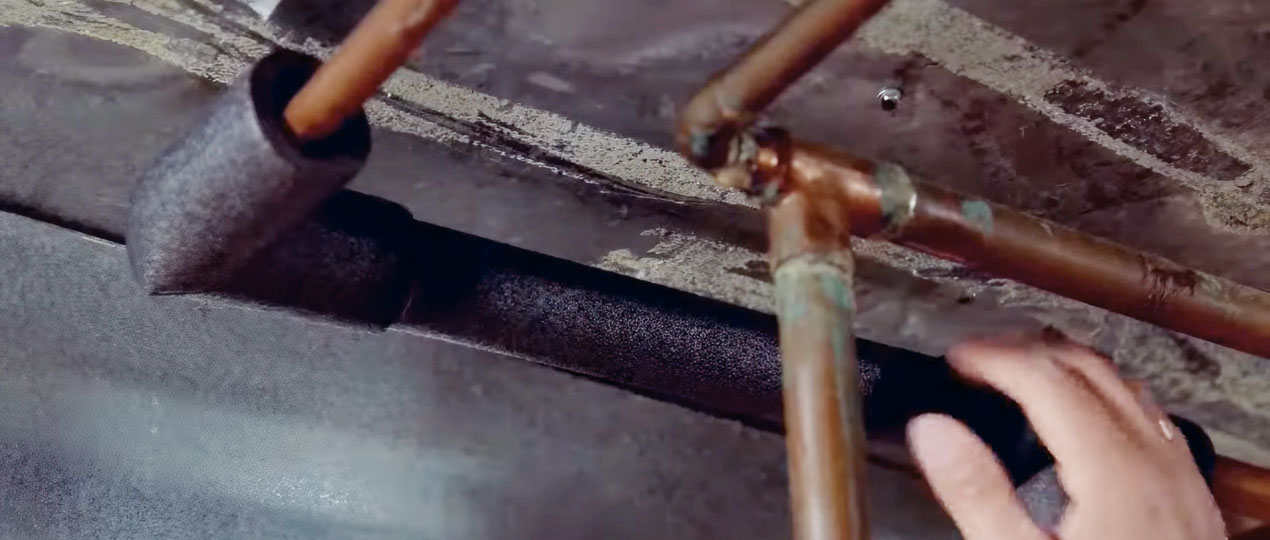
How to insulate water heater pipes on your own?
Undertaking a project to insulate might sound complex, but the process is relatively straightforward. Below, we will walk you through how to insulate water heater pipes. Follow the steps carefully, and you’ll enhance your water heater system’s performance with minimal hassle.
Step 1: Gather necessary tools
Before starting the process, it is crucial to gather the necessary tools. Proper preparation certifies a smooth workflow and helps avoid interruptions once you begin. By having everything within reach, you can focus on accurately measuring, cutting, and securing the protection around your hot water pipes. From the measuring tape to protective gear, each item plays a vital role in making your project efficient, safe, and ultimately successful.
- Measuring tape A reliable measuring tape lets you gauge pipe lengths and circumferences, ensuring the materials fit without unnecessary gaps or overlaps. Before applying foam, fiberglass, or rubber covers, use the measuring tape to determine precise dimensions.
- Sharp utility knife or scissors A sharp utility knife or sturdy pair of scissors helps you cut your chosen material to the right size. Precision trimming is especially critical when dealing with corners, joints, or tight spaces around your hot water heater pipes.
- Tape or adhesive High-quality duct tape or foil tape can seal seams, close gaps, and prevent the material from shifting out of place. When wrapping corners or awkward bends, make certain the tape fully adheres to both the insulation and the pipe surface. This careful application not only maintains heat retention but also prolongs life.
- Personal protective equipment Safety is paramount when working with a fiberglass insulation. Gloves, goggles, and a protective mask prevent direct contact with tiny glass fibers that can irritate the skin, eyes, and respiratory system. Avoid handling fiberglass with bare hands to reduce the risk of discomfort or minor cuts.
Having everything on hand allows you to complete the job efficiently. Also, confirm that the pipes you plan to insulate are accessible and free of any existing leaks or damage. If you discover compromised sections, address these issues first. Taking this precaution implements a long-lasting and effective job. Moreover, it’s better to reach Superior HVAC Service for qualified consultation and amendments.
Step 2: Measure and cut insulation to fit pipes
Accurate metrics are vital to guarantee a proper fit. Use a measuring tape to determine the length and circumference. When working with foam sleeves, warrant the inner diameter matches or closely matches the pipe diameter. If necessary, you can trim foam sections to fit irregular shapes or bends.
For fiberglass wrap, unroll the material on a flat surface and cut it to the weighted length. Wear gloves and a protective mask to avoid irritation. Rubber insulation is sold in pre-slit tubes; verify you have the correct diameter and thickness. Mark and cut carefully for a snug, continuous coverage along each pipe. This accurate approach affirms that it becomes a seamless process, saving time and ensuring an efficient end result.
Step 3: Secure insulation with tape or adhesive
After cutting, slide or wrap the insulation around the hot water pipes. Verify that the thermal protection meets or slightly overlaps at any seams or joints. Proper alignment is important to avoid gaps that can allow heat to escape. Using high-quality duct tape or foil tape, secure the insulation at regular intervals to maintain a tight fit. For fiberglass heat barrier, an additional vapor barrier or plastic wrap may be added, especially in humid climates, to keep moisture out. Be thorough around elbows and valves, taking extra time to wrap and tape these areas correctly.
Once the insulation is firmly in place, conduct a quick inspection, checking for any uncovered sections or loose connections. This final step helps confirm that you have an unbroken insulating barrier over all relevant surfaces. By following these guidelines and best practices, you can effectively complete the operation in a matter of hours.
Final thoughts
Insulate hot water heater pipes to experience notable enhancements in energy resourcefulness, cost savings, and everyday comfort. With the right materials, be it foam, fiberglass, or rubber, and a methodical approach, you can fortify your water heating system against heat loss.
Whether you are a DIY enthusiast or prefer to hire professionals, the outcome, stable water temperatures and better energy performance, remains the same. Should you wish for specialized advice or professional assistance, don’t hesitate to consult our HVAC company in London, Hamilton & Toronto.
We can handle various issues, ensuring your Water Heater works at its best.
Order the best specialist in Canada Now (866) 545-6460
REFERENCES
1. Cai, S., Cremaschi, L., & Ghajar, A. J. (2014). Pipe insulation thermal conductivity under dry and wet condensing conditions with moisture ingress: A critical review. HVAC&R Research, 20(4), 458-479. https://doi.org/10.1080/10789669.2014.882678
2. Kayfeci, M. (2014). Determination of energy saving and optimum insulation thicknesses of the heating piping systems for different insulation materials. Energy and buildings, 69, 278-284. https://www.sciencedirect.com/science/article/abs/pii/S0378778813006993

